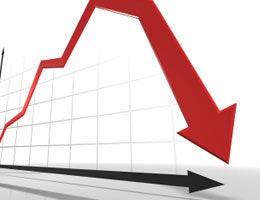 |
| Confusing long term with short term |
One of the biggest mistakes is when you start looking at your long-term investments as short term, according to The Navigation Group in Redwood Shores, Calif.
That's most likely to happen "when people decide I'll get out (of the market) until things look better. But by the time things look better, the market has already recovered."
How to recover: If you've jumped out of the market, dollar-cost average your way back in. Dollar-cost averaging involves investing a set amount of money on a regular schedule, regardless of market moves.
Put in a little bit every month over 12 or 24 months. If the market goes up, you'll get some of the upside. And if it goes down, you'll buy it cheaper.
If market volatility will worry you in the future, meet with an investment adviser to devise a plan for the next time the market tanks.

No comments:
Post a Comment
Note: Only a member of this blog may post a comment.